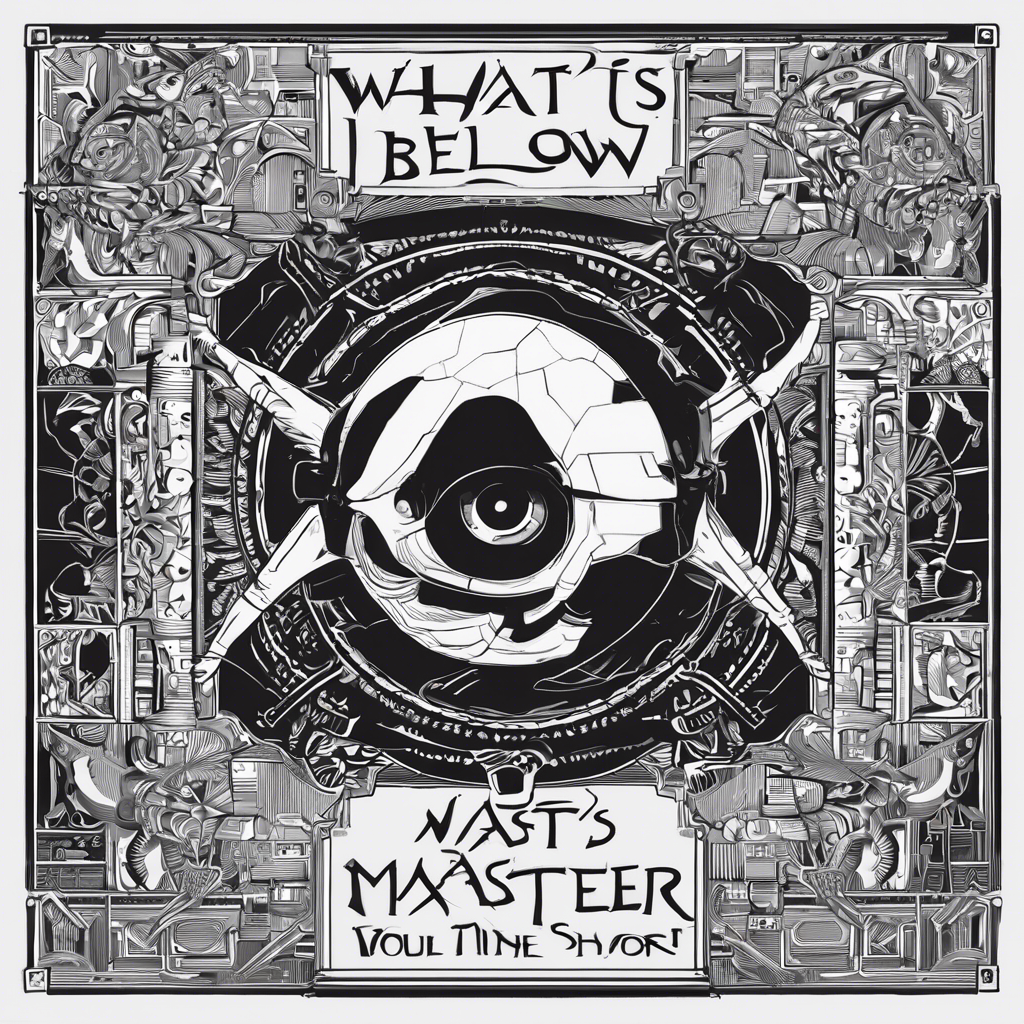What’s below master? This question has intrigued many throughout history, sparking curiosity and inspiring countless tales of hidden treasures, mystical realms, and ancient secrets waiting to be uncovered. The notion of something lying beneath the surface, beyond what the eye can see, is a concept that captivates the imagination and drives exploration. In this article, we delve into the various interpretations and possibilities of what may lie beneath the master, whether it be in the realm of art, science, spirituality, or the unknown.
In the world of art, the concept of what lies below the master can take on multiple meanings. Artists often build upon the works of those who came before them, adding layers of interpretation, innovation, and personal expression to established masterpieces. The idea of uncovering the hidden techniques, inspirations, and emotions behind a renowned painting or sculpture can provide a deeper understanding of the artist’s vision and creative process. By peeling back the layers of art history, we can discover the stories and influences that shaped the master’s work, shedding light on their legacy and impact on future generations.
In the realm of science, the quest to uncover what lies below the master extends to the exploration of the natural world and the universe at large. Scientists delve into the mysteries of the cosmos, seeking answers to age-old questions about the origins of life, the nature of reality, and the fundamental laws that govern the universe. From the depths of the ocean floor to the far reaches of outer space, researchers push the boundaries of knowledge and technology in their pursuit of understanding the hidden forces and phenomena that shape our world. By peering beneath the surface of scientific inquiry, we gain insights into the wonders of the natural world and the intricate interconnectedness of all things.
On a spiritual level, the concept of what lies below the master can evoke notions of inner wisdom, enlightenment, and transcendence. In various religious and philosophical traditions, the master is often seen as a symbol of divine wisdom, guiding seekers on a journey of self-discovery and spiritual growth. By delving into the depths of one’s consciousness and exploring the mysteries of the soul, individuals can uncover hidden truths, insights, and potentials that lead to personal transformation and enlightenment. The search for what lies beneath the master is a quest for deeper meaning, connection, and purpose in a world filled with uncertainty and complexity.
In the realm of the unknown, the question of what lies below the master opens up a realm of possibilities and speculation that transcends conventional boundaries of knowledge and understanding. From ancient myths and legends to modern-day conspiracy theories and urban legends, the idea of hidden truths, lost civilizations, and enigmatic phenomena captures the imagination and fuels a sense of wonder and intrigue. Whether it be the search for hidden treasure, the exploration of uncharted territories, or the unraveling of ancient mysteries, the quest to uncover what lies beneath the master continues to inspire adventurers, scholars, and truth-seekers around the world.
In conclusion, the question of what lies below the master is a timeless enigma that invites exploration, contemplation, and discovery across various domains of human experience. Whether it be in the realms of art, science, spirituality, or the unknown, the quest to uncover hidden truths, meanings, and potentials beneath the surface of the familiar drives us to seek out new horizons, expand our understanding, and connect with the deeper mysteries of existence. By embracing the spirit of inquiry, curiosity, and wonder, we embark on a journey of exploration and discovery that leads us to new insights, revelations, and possibilities beyond what we ever imagined. In the end, the search for what lies below the master is a journey of self-discovery, growth, and transformation that enriches our lives and expands our horizons in ways we never thought possible.

